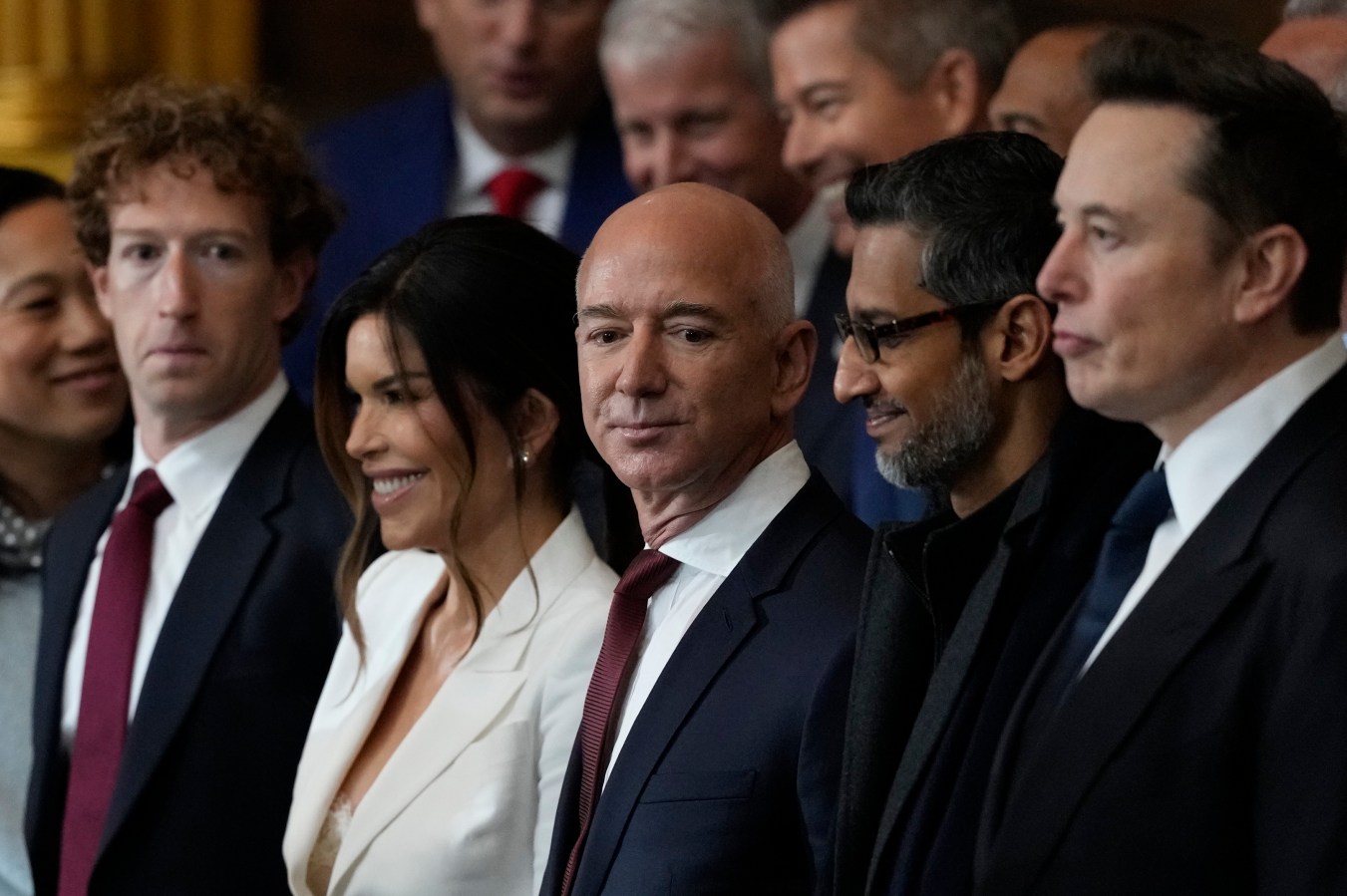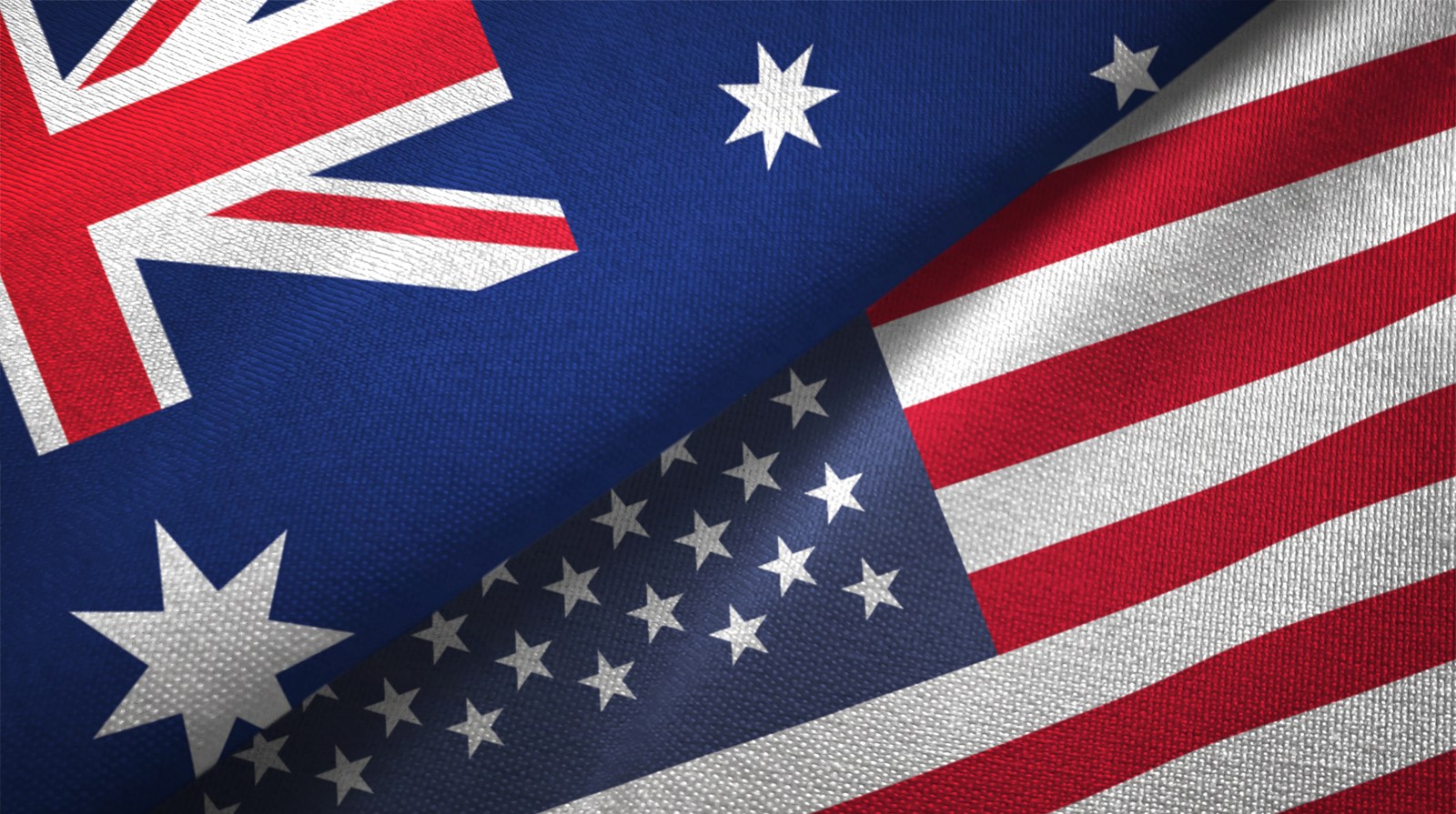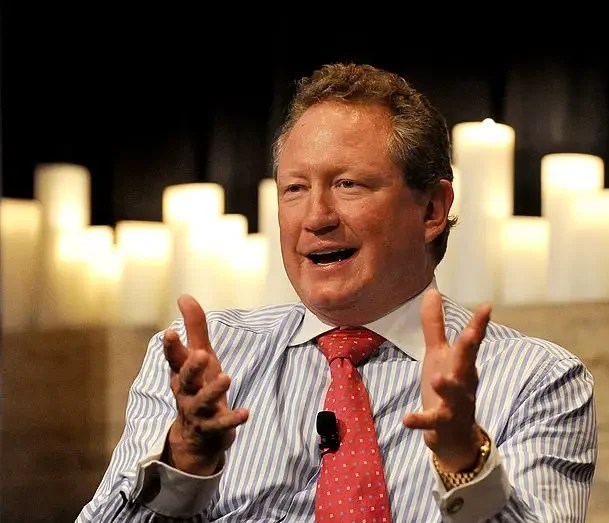US tariffs on Australian and Chinese exports can lead to higher prices, economic uncertainty, and a decrease in demand for Australian-made goods and services. Here’s how it could play out under the new president.
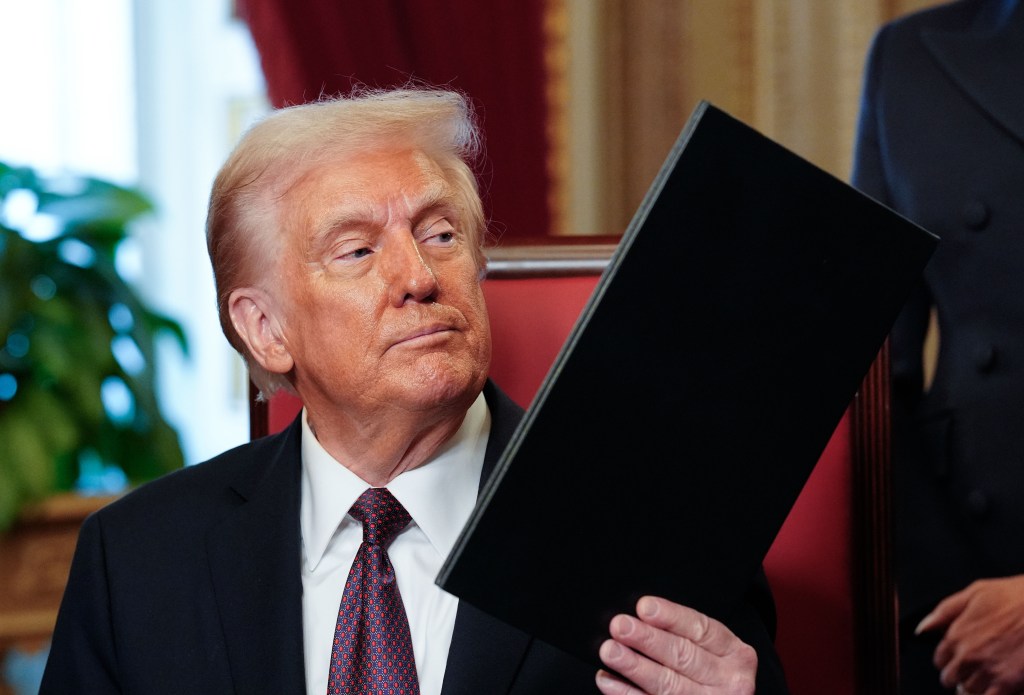
As Donald Trump was sworn in as the 47th US President in Washington DC on Monday, the world was watching to see how many of the ‘day one’ election promises the newly returned leader of the free world would keep.
It turned out that the one promise likely to impact Australia the most – tariffs on exports from China to the US – won’t take place until at least February 1. Instead, Trump focused his day-one efforts on reinstating TikTok, pardoning rioters, cutting environmental protections, and officialising Elon Musk’s Department of Government Efficiency (which was hit with a lawsuit moments after Trump was sworn in.)
That doesn’t mean the Australian economy is likely to escape the inflationary impact of tariffs long-term, says an economics expert from the University of Melbourne.
“The policies of the incoming administration are set to impact everything from the price of Chinese manufacturing products, the international price of fuel, and the price of our agricultural products,” says Dr Jamie Cross, the assistant professor of econometrics and statistics at the Melbourne Business School.
“The policies therefore have direct and indirect consequences for domestic inflation here in Australia.”

The labour market is currently beating the Reserve Bank of Australia’s forecast and holding at a level that it is comfortable with. Inflation is within the target range of two to three per cent.
“This is good news,” says Cross. “However, with inflation still at the high end of the target range, and a high degree of international uncertainty still looming, I would think that the RBA may choose to hold interest rates steady at its February meeting, opting instead to wait and see the extent to which Trump is planning to follow through with his pre-election promises.”
The economy killer: uncertainty
Not knowing which way the wind is blowing creates anxiety for consumers and markets.
“Even if tariffs are not implemented immediately, a high degree of uncertainty about economic policy can have very real effects on domestic businesses, financial markets, inflation, and economic activity more broadly – especially when the country in question is not only one of our main economic trading partners and political allies but also the world’s leading economy,” says Cross.

Uncertainty can impact Australian inflation in two ways, via supply and demand. The latter is affected by spending to become more cautious.
“High economic policy uncertainty is known to have a negative effect on real economic activity as businesses are likely to delay their capital investment decisions and consumers increase their savings buffers until conditions are clearer. This negative effect on real economic activity results in lower inflation,” says Cross.
From a supply perspective, Cross says consumers and businesses prepare for the worst-case scenario.
“At the same time, high economic policy uncertainty is known to cause businesses that are setting medium- to long-term contracts to negotiate prices above the level they would usually set in absence of uncertainty to mitigate declining profit in case unfavourable economic conditions realise in the future.”
US tariffs on all imports, including from Australia
Trump stated on day one of his second Presidency that China and Mexico will be hit with 25% tariffs by February 1. While there was no declaration on tariffs against Australia, Cross points to the election promise Trump made to install 10-20 per cent tariffs on all countries.
“This not only goes in the face of the Australia-United States Free Trade Agreement (AUSFTA), but has direct effects for Australian businesses doing trade with the US,” says Cross.
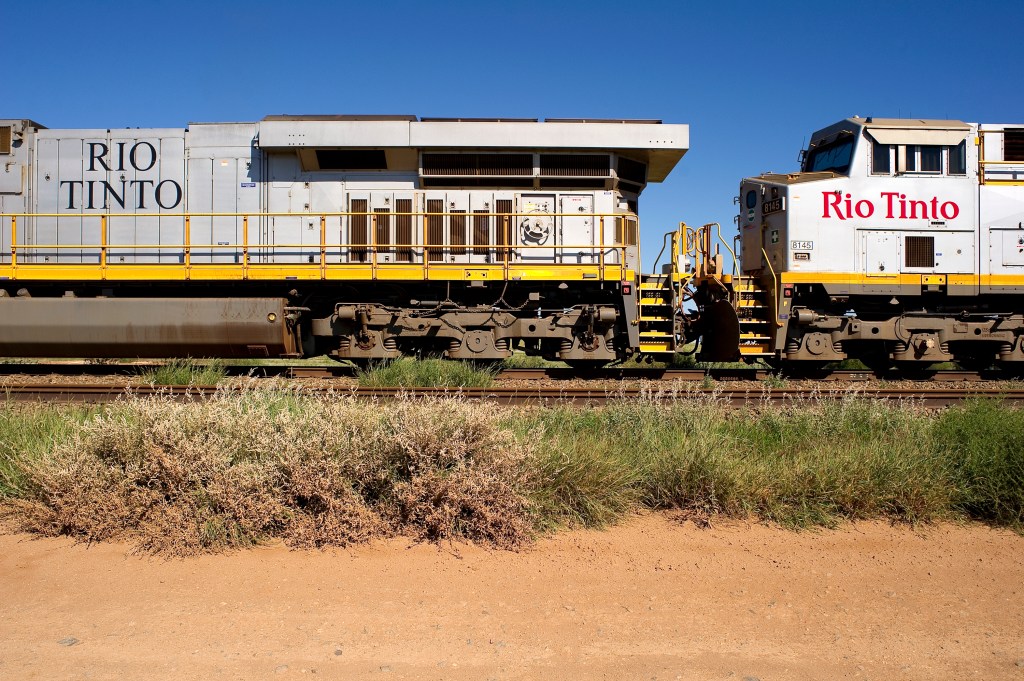
“According to DFAT, more than 12,000 Australian companies currently export to the US including some of our major ASX 200 companies like Rio Tinto and Woodside. Lower profits for these companies would have a negative impact on our stock market which would have direct consequences for Australian super funds too.”
Cross cautions that the follow-on effect of Trump’s economic policies on the Australian economy may take some time to ‘trickle down.’ However, the tariffs may come at a time when the RBA has just restabilised the economy and achieved a soft landing.
How US tariffs on China impact Australian economy
The Melbourne Business School professor of econometrics says that higher prices on goods in the US could negatively impact demand for Australian financial services, commodities, and agricultural products.
Those tariffs are expected to increase to 45 per cent for goods exported from China to the US.
“We know that the introduction of US tariffs on Chinese goods will lead to higher prices on these products in the US. Put simply, higher prices for a particular good usually result in lower demand for that good,” says Cross.
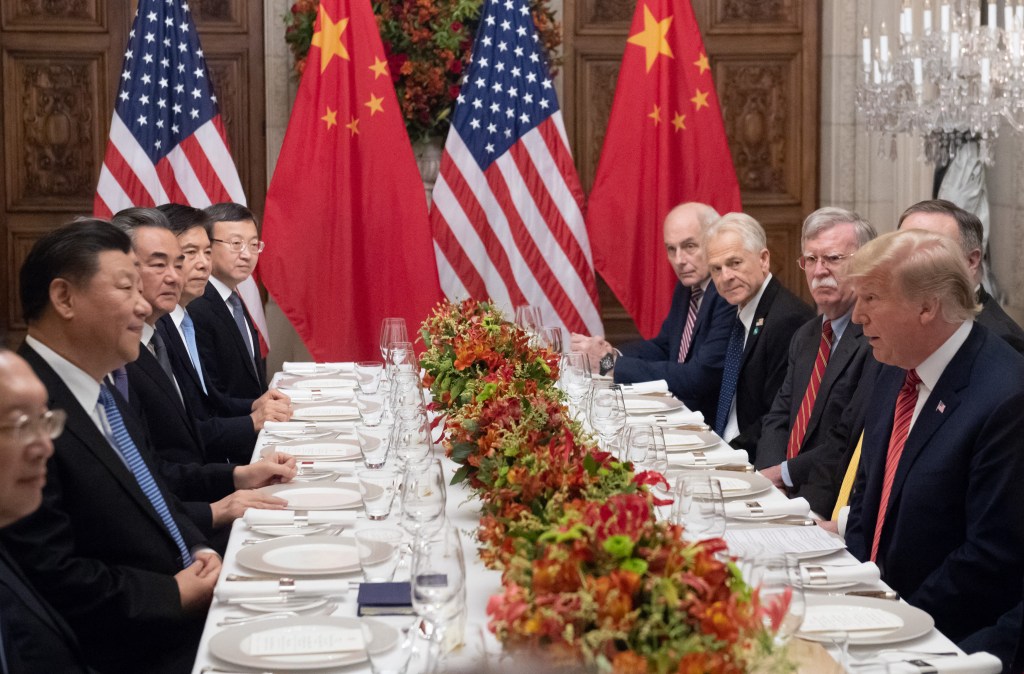
“In turn, this lower demand for their products may result in Chinese firms reducing the quantity of manufactured goods, and this would result in them demanding less for input into the development of those goods – like Australian natural resources. This is the main channel through which the tariffs would impact Australia.”
Tariffs can also affect the value of the Australian dollar.
“If Trump decides to impose tariffs on China – Australia’s number one destination for exports – then prices on those goods in the US will increase,” says Cross.
“While such price increases in the US should not directly impact Australia in the short-run, the RBA notes that over time, such tariffs may disrupt global supply chains, result in the need for international stimulus, and cause the AUD to depreciate. All of these factors would lead to higher prices locally.”
Look back on the week that was with hand-picked articles from Australia and around the world. Sign up to the Forbes Australia newsletter here or become a member here.
